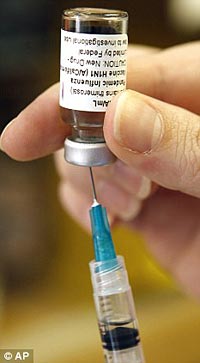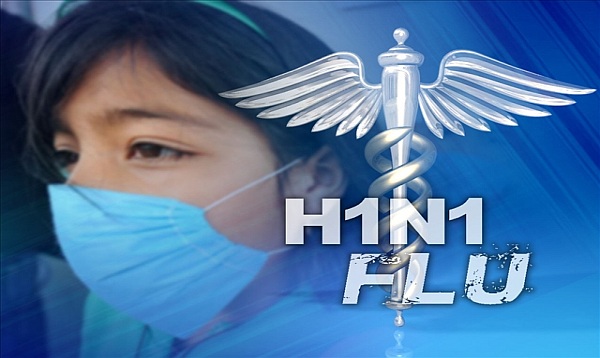Mexico City, Mexico – A total of 166 people have died of the AH1N1 (swine) flu virus in Mexico so far this year, a figure that shows a 23-percent increase in deaths in one week, according to data released by health authorities.
The total number of deaths from the AH1N1 flu virus between January 1st and February 16th this year was 135, with another 31 fatalities from February 17th through the 23rd, according to the Mexican Health Secretariat.
 |
The secretariat said in a communique on Friday that from January 1st to February 23rd of 2012, some 5,544 cases and 180 deaths were confirmed to have been caused by the three types of flu virus currently active in the country.
Of those numbers, 5,042 (91 percent) of cases and 106 (92 percent) of deaths were caused by a variety of AH1N1.
Out of all the people who have died from influenza this year in the country, 89 percent were not vaccinated, and 73 percent were suffering from another illness, the most frequent being diabetes mellitus, obesity, and arterial hypertension.
Three seasonal flu viruses are currently active in Mexico – AH1N1, AH3N2 (influenza A,) and influenza B but the available flu vaccine provides effective protection against all of them.
The AH1N1 virus broke out in Mexico between March and April 2009, and locally the alert for the disease was in force up to June 29, 2010, by which time some 1,300 deaths had occurred and more than 70,000 people had contracted the disease.


